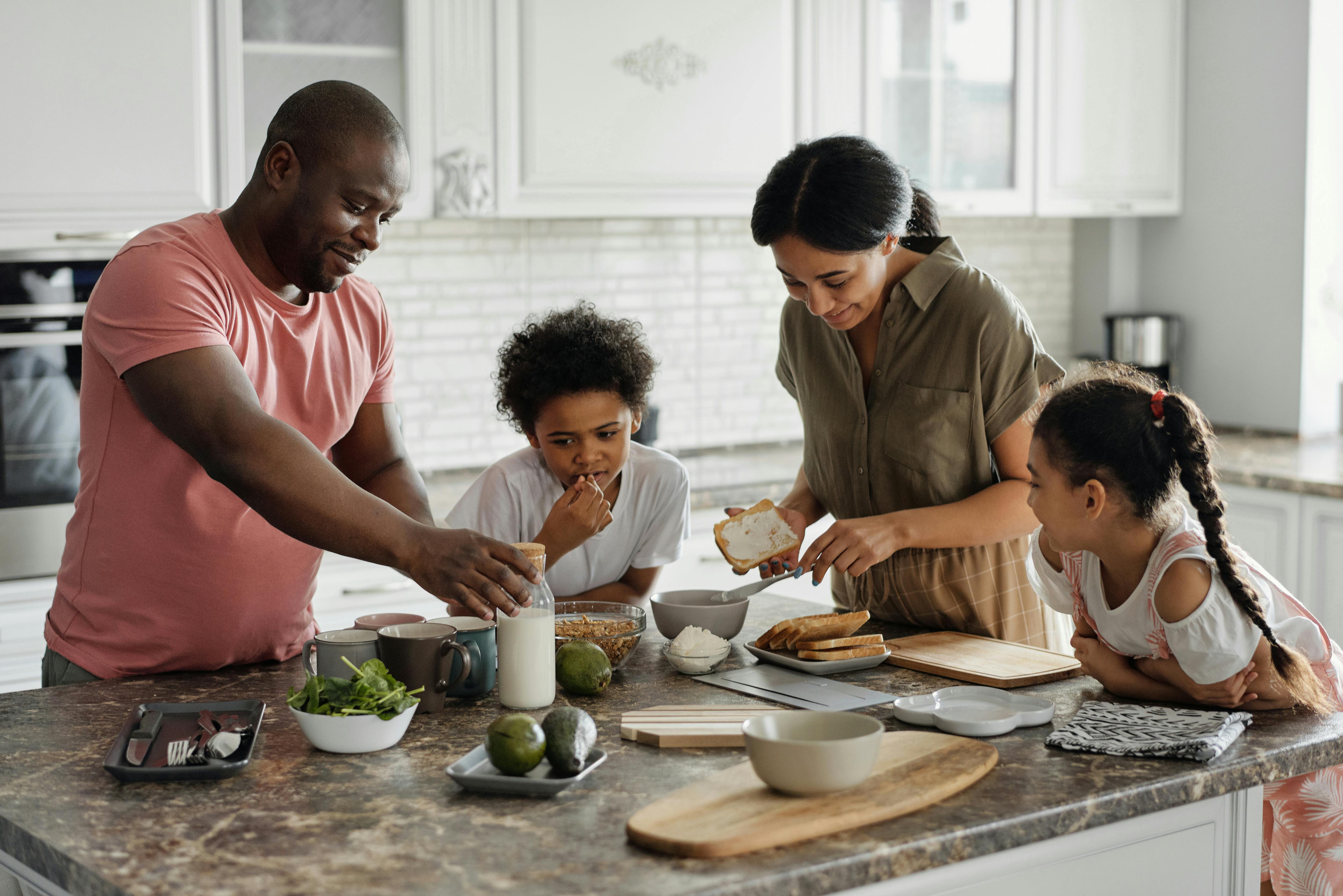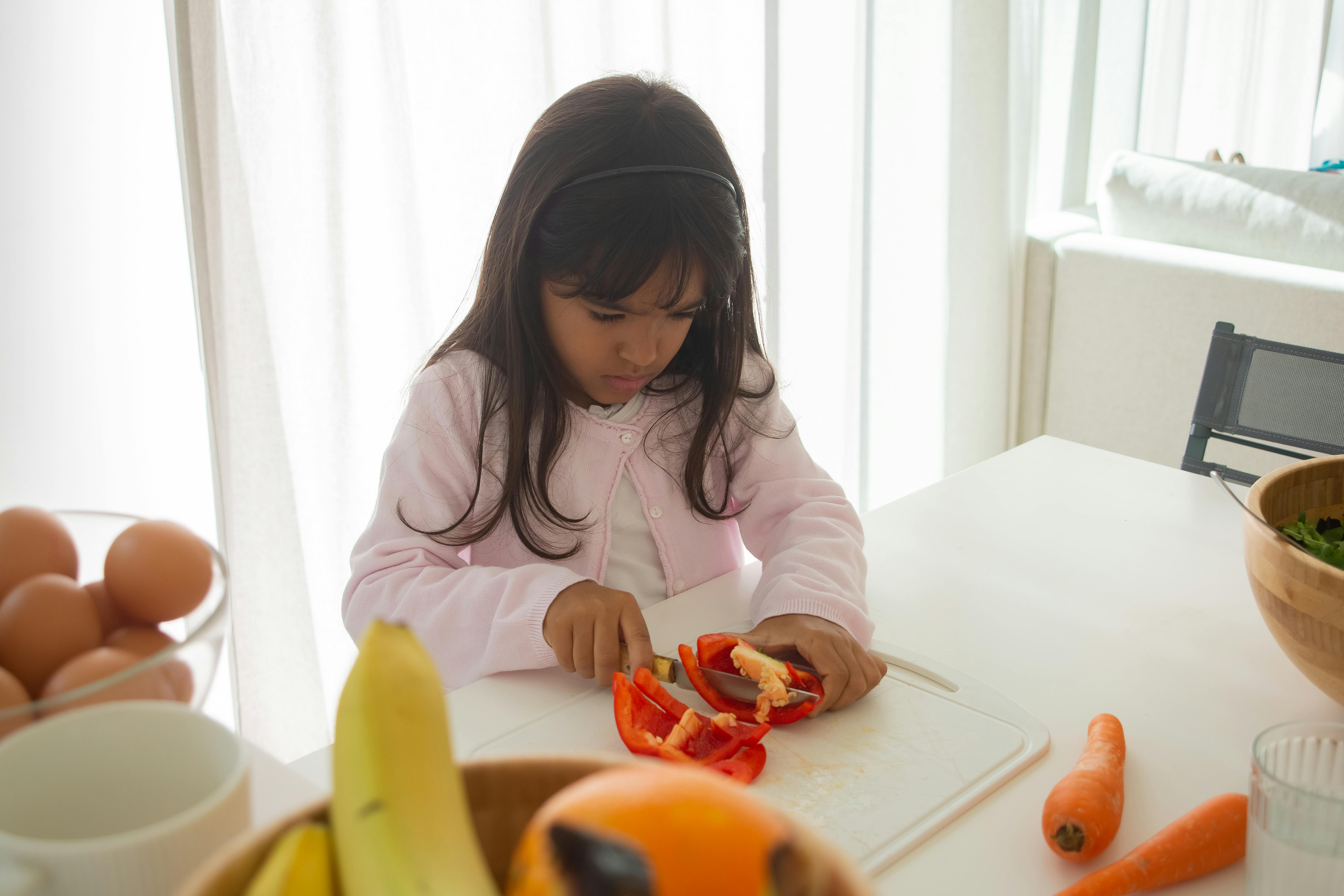Choosing a child care center is one of the most important decisions a parent will make who works to help ensure the health, safety, and general well-being of their child while away from it. Thousands of children are treated in emergency rooms for injuries sustained in child care centers or child care homes each year, in addition to those cases of abuse or neglect. Sadly, some of those children will lose their lives.
There are precautions that can be taken to help ensure that a child receives proper care while their parents are at work. The first question a parent should ask is whether the child care center or family child care home has an open door policy. If the answer is no, that provider should not be selected. Next, a parent should ask the potential provider if they have been licensed by the state child care licensing department to operate a child care center or home and if the certification is current.
Verify that staff have received training on bloodborne pathogens. With diseases such as AIDS, Hepatitis B, etc., and strains of various infections resistant to antibiotics, make sure that child care staff always wear plastic gloves when changing diapers and administering first aid, and that gloves and diapers labeled ‘bodily fluids are disposed of in a separate garbage container. All trash cans must have plastic bags inside and zip-top lids. All trash must be removed at the end of each day.
Parents should not be afraid to ask to see the license and the most recent inspection date. Find out how many babies, toddlers, and older children are licensed and how many children are currently being cared for. Make sure the staff has had a background check from the local police department and the state investigative agency. Health and human services agencies and local police departments will generally submit a background check request on behalf of the parents for a nominal fee.
Parents should also find out if child care staff have received training on child abuse and neglect and state requirements for reporting suspected child abuse. With an increasing number of incidents of domestic violence and abduction by non-custodial parents and other caregivers, parents need to find out if and how doors are kept closed during the hours the center is open for operation. Does the child care provider make sure that only authorized persons are picking up a child and do they have a form that can be signed designating who can and cannot pick up a child?
Another type of training that staff should have received is on positive discipline, nutrition, child development, how to prepare and store food, food allergies and foodborne illness, and proper food storage and handling, etc. Staff must be recertified annually in the administration of infant CPR, other CPR, suffocation, and the care of infants, toddlers, and preschool-age children by the local American Red Cross, hospital, or other staffed person or agency certified to be coaches. Make sure there are enough staff to care for the number of children in the center or private child care home.
Take a walk around the child care center or child care home, including the outdoor play areas and kitchen where food is prepared. Make sure cleaning supplies and other hazardous materials are stored in containers with tight-fitting lids and that spray bottles are closed and everything is placed in a locked cabinet out of the reach of children and that surfaces are clean. Many daycare accidents occur when children accidentally come into contact with toxic materials because someone forgot to properly store cleaning supplies or did not return them to a locked cupboard.
To ensure the safety of their children, parents should ensure that tables are cleaned with warm soapy water after meals and that other cleaning materials that may be more toxic are only used to clean tables, cabinets and restrooms after the child care center or home is closed. closed during the day and followed by a secondary cleaning with only hot water. Also look around and make sure electrical outlets have safety covers in place to prevent children from sticking things into the sockets and getting electric shocks.
Outdoor play areas should contain equipment that is of adequate height for younger children to minimize the danger of injury from a fall. Check that there is sufficient space between pieces of equipment, that the play area is completely closed with a padlocked door, and that there are no chips, barbed wires, etc. children could get hurt.
Find out if the staff goes out with the children to supervise and monitor their safety and well-being. If possible, outdoor play areas should have a thick covering of wood shavings or a soft rubber mat under the equipment to smooth out a fall. (Wood chips or rubber mats are helpful but not necessary as they can be an expensive purchase, especially for a private nursery.) Large child care centers should keep play equipment and things like tricycles used by older children separate from equipment for children under the age of five.
A fire and evacuation emergency plan, floor plan, and emergency contact numbers should be posted on a wall or bulletin board where they can be easily seen if necessary. Depending on where in the country a parent lives, providers must have a plan for tornadoes, floods, hurricanes, and other natural disasters. Ask staff if children are spoken to about what to do if there is a fire at the scene and if fire drills are scheduled regularly.
The way a child care provider stores medicines is also important to the health of all children. Parents should ask the provider how they store medications that need to be kept cold, if there is a first aid kit that includes ipecac, and if medications are kept in a locked cabinet or box and kept out of the reach of children. Ask to see the dates of the first aid supplies and where the medicine is stored.
To ensure that there will be no risk from medications that have been prescribed for children, parents should try to schedule the administration of their child’s medications at home. Of course, if a child has a medical condition such as diabetes or asthma, this will not be possible. Make sure the child care provider stores each child’s medications in a separate zip loc bag with the child’s name on the bag as an extra precaution. Parents should also see if a provider posts any allergies a child may have to medicine, food, etc. where other parents cannot see children’s names while making sure staff have easy access to the list.
With the increase in unsafe toys and in light of recent recalls of hundreds of foreign-made toys due to lead paint, choking hazards, etc. A parent should ask the child care provider if they have an up-to-date and up-to-date list of recalled products as a visible reminder not to buy toys and other potentially dangerous children’s products, including infant formula. If the provider does not have a list, parents can ask them to obtain one, as a list can be downloaded and printed from the Internet.
Security doors should be positioned firmly in front of stairs, kitchen and laundry doors, basements, porches, utility areas, or other open spaces. Make sure basement doors have safety locks that are high enough that children cannot reach them and that there are child safety locks on cabinets, refrigerators, oven doors, and microwaves. Check that the cables are not coiled, so there is no possibility of them hanging.
For infants, child care providers must have cribs with a certification safety seal, slats must be no larger than two and three-eighths of an inch, and mattresses must fit snugly. Ask providers how babies are placed in a crib to sleep, making sure they lie on their back without pillows or duvets.
Once a child care center or home has been selected and a child is present, parents must be sensitive to any changes in their child’s behavior. If the child develops fear of the provider, a staff member, or going to the child care center, parents should follow up by asking questions of their heir child and scheduling a meeting with the center or home operator to discuss any concerns. If a child continues to show fear, cries or screams and clings to their parents or another caregiver, the parents may want to consider looking for another home or child care center.
Parents can never do too much to ensure that their child, or the child of a friend or relative, is cared for in a safe and healthy child care setting. These guidelines will help select the best provider and help parents be less stressed at work. A checklist could be made to help inspect the child care environment to which a child will be exposed.
As an early childhood education consultant, I have sometimes had to inspect a child care center or private child care home. The guidelines set out in this article are things that I have discussed and been trained to do. When choosing a child care provider, parents can never be too careful.
copyright 2009 by Jerrie DeRose




